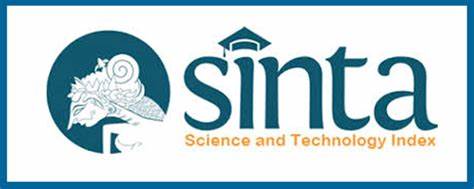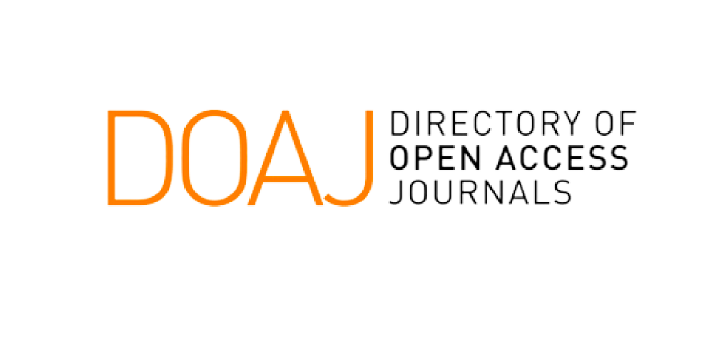MOTIF CERITA RAKYAT SEBAGAI SARANA PENJAGA INTEGRITAS SOSIAL MASYARAKAT ASEAN
Abstract
Folklore is a traditional story to convey the noble values of a region to the future generations which are delivered using spoken language. The focus of this study are (1) the motifs and variations of Malin Kundang folklore in various ASEAN countries, (2) the function of folklore as the guardian of ASEAN social integrity, and (3) educational value of folklore as the guardian of ASEAN social integrity. This study used a qualitative approach with ethnography of communication design. The main data in this study are the words and actions which are delivered by the speakers used in folklore. The data collection method used in this research is focused observation. The data were analyzed by sorting, selecting, and interpreting the data. Based on the results of data analysis can be concluded that (1) the motif of "Malin Kundang" and its versions are (a) a teenager from a poor family, (b) the teenager ventured into the land, (c) he /she became successful and married with the child of a rich merchant, (d) the young merchant traded to his/her hometown, (e) the mother got to hear the return of herchild, (f) the child was embarrassed to have old and poor mother , (g) the mother was sad and disappointed at her child, (h) the mother prayed to God, (i) the God granted the mother’s prayer, (j) the child realized his/her mistake, and (k) the child is punished by God as a rock; (2) the function of Malay folklore in maintaining integrity of ASEAN society are (a) assisting the education of young people, (b) increasing the feeling of group solidarity, and (c) giving social sanction that people have to well behave; and (3) the educational values developed from Malin Kundang and the versions are (a) the Malay society should be obedient to the parents, (b) the Malay societyshould not be haughty, and (c) Malay community should be accept the God’s decision.
Keywords
Full Text:
PDFReferences
Anonim. 2012. Metode, Teori, Teknik Penelitian Kebudayaan. html#v=onepage&q=metode penelitian folklor&f=false, diakses tanggal 23 Pebruari 2015.
Budianta, Melani dkk. 2003. Membaca Sastra: Pengantar Memahami Sastra untuk Perguruan Tinggi. Depok: Indonesia Tera.
Danandjaja, James. 2007. Folklore Indonesia: Ilmu Gosip dan Lain-lain. Jakarta: Pustaka Utama Grafiti.
Djamaris, Edward. 1993. Menggali Khasanah Sastra Melayu Klasik. Jakarta: Balai Pustaka.
Endaswara, Suwardi. 2008. Metodologi Penelitian Folklor. Yogyakarta: Media Pressindo.
Geertz, Clifford, 1973, The Interpretation of Culture, New York : Basic.
Hamidy, UU. 2003. Bahasa Melayu dan Kreativitas Sastra di Daerah Riau. Pekanbaru: Unri Press.
Hutomo, Suripan Sadi. 1991. Mutiara yang Terlupakan. Malang: Dioma.
Koster, G.L 1998. Kacamata Hitam Pak Mahmud Wahid Atau Bagaimanakah Meneliti Puitika Sebuah Sastra Lisan? Dalam Pudensia (Ed). Metodologi Kajian Tradisi Lisan. Jakarta: Yayasan Obor Indonesia dan Yayasan Asosiasi Tradisi Lisan.
Miles, M.B. dan A.M. Huberman. 1984. Analisis Data Kualitatif. Terjemahan oleh Tjetjep Rohendi. 1992. Jakarta: UI Press.
Schiffrin, D. 1994. Approaches to Discourse. USA: Blackwell Publishers.
Sudikan, Setya W. 2001. Metode Penelitian Kebudayaan. Surabaya: Citra Wacana.
Sudjiman, Panuti. 1992. Memahami Cerita Rakyat. Jakarta: Pustaka Jaya.
Septiandari, Sekar. 2010. Seri Cerita Rakyat Sumatera Barat. Tangerang: Karisma Publishing Group.
Suwondo, Bambang. 1981. Cerita Rakyat Daerah Riau. Jakarta: Proyek Penerbitan Buku Sastra dan Daerah.
USC Libraries. 2019. Organizing Your Social Sciences Research Paper: Qualitative Methods. http://libguides.usc.edu/writingguide/qualitative. Diunduh tanggal 20 Pebruari 2019. Pukul 22.37.
DOI: https://doi.org/10.21776/ub.waskita.2019.003.01.5
Refbacks
- There are currently no refbacks.
Copyright (c) 2019 Lilik Wahyuni

This work is licensed under a Creative Commons Attribution 4.0 International License.









